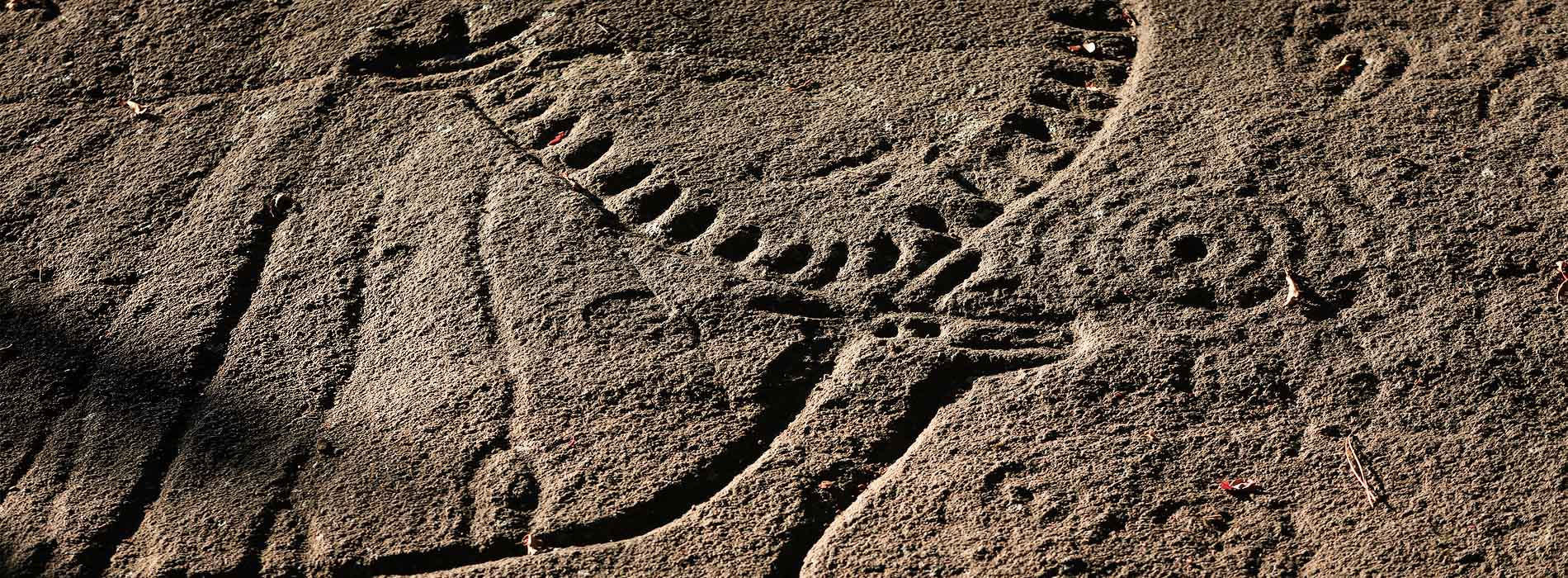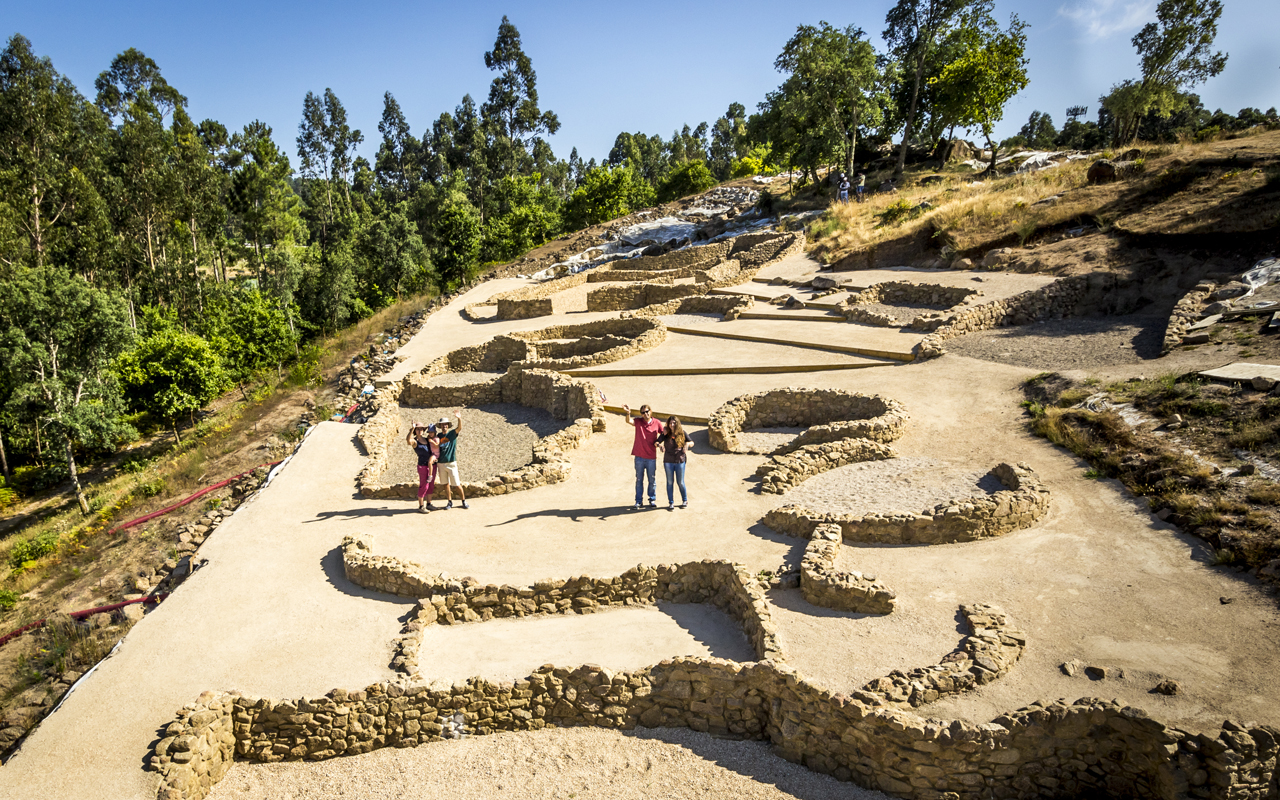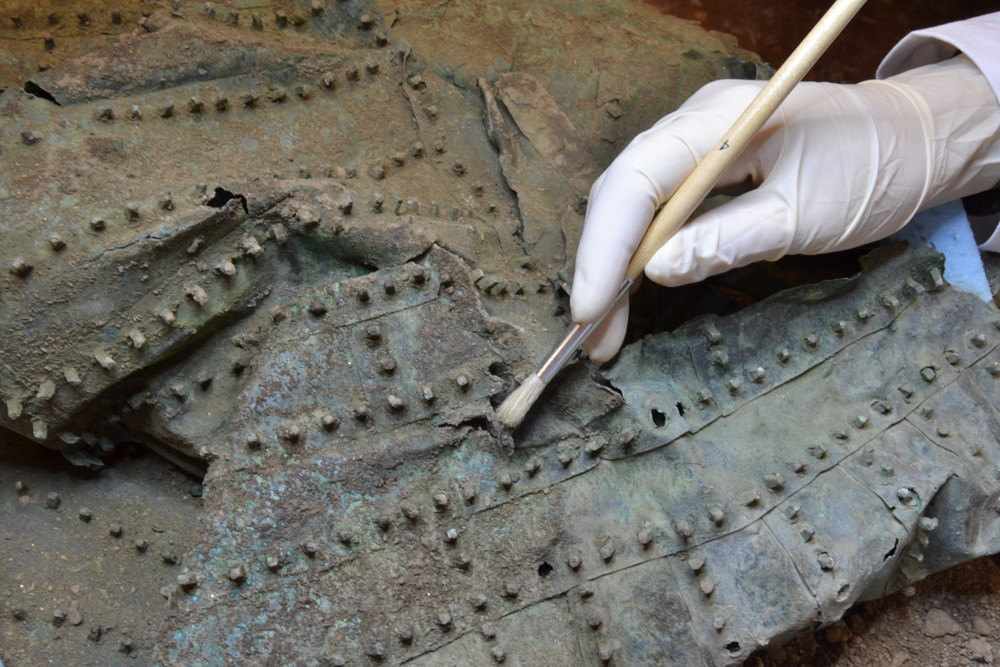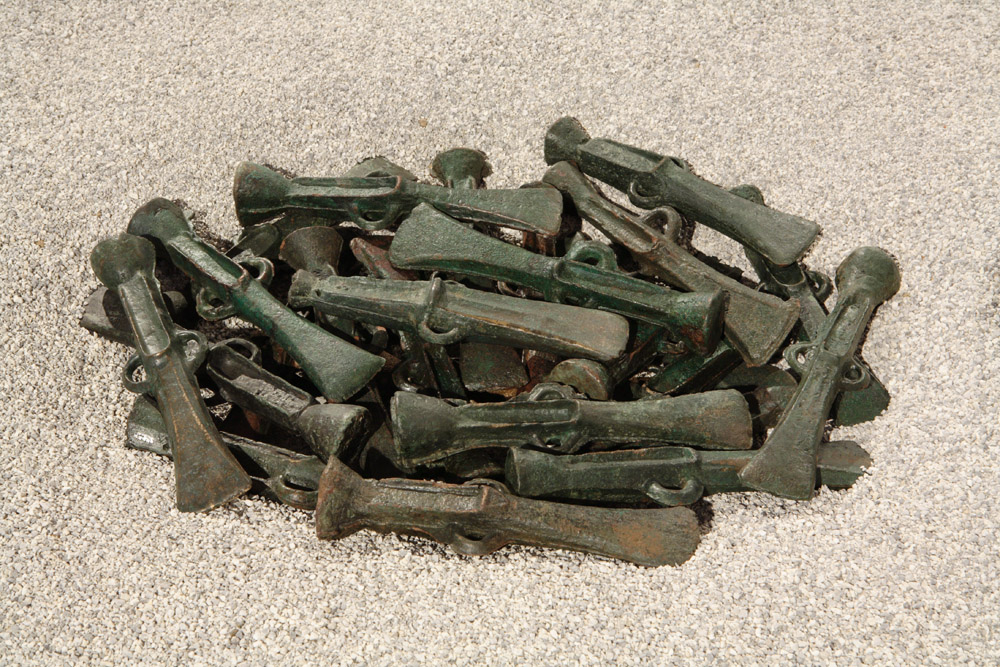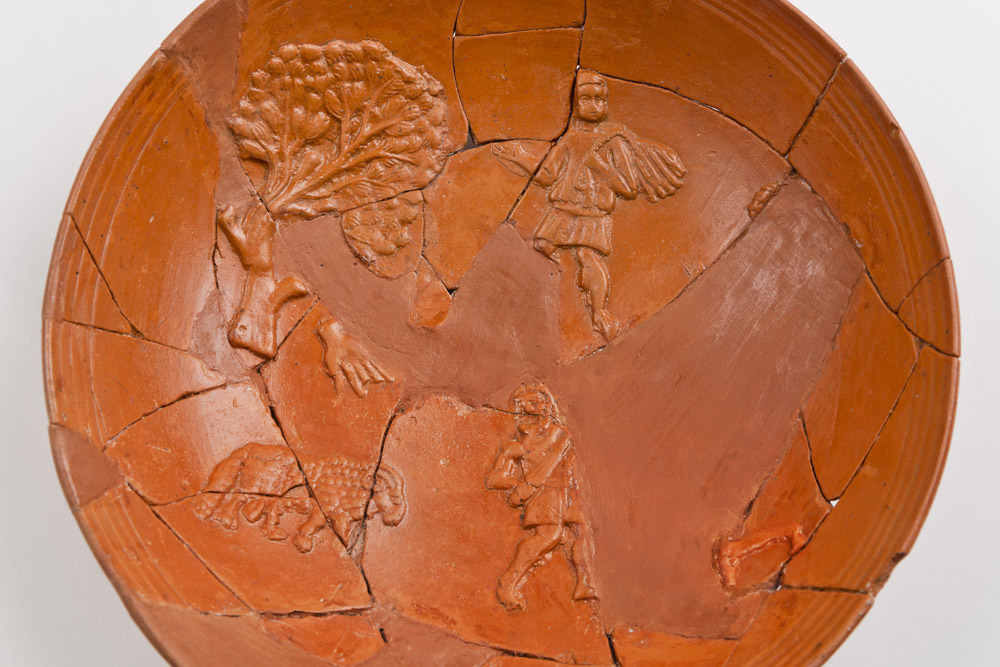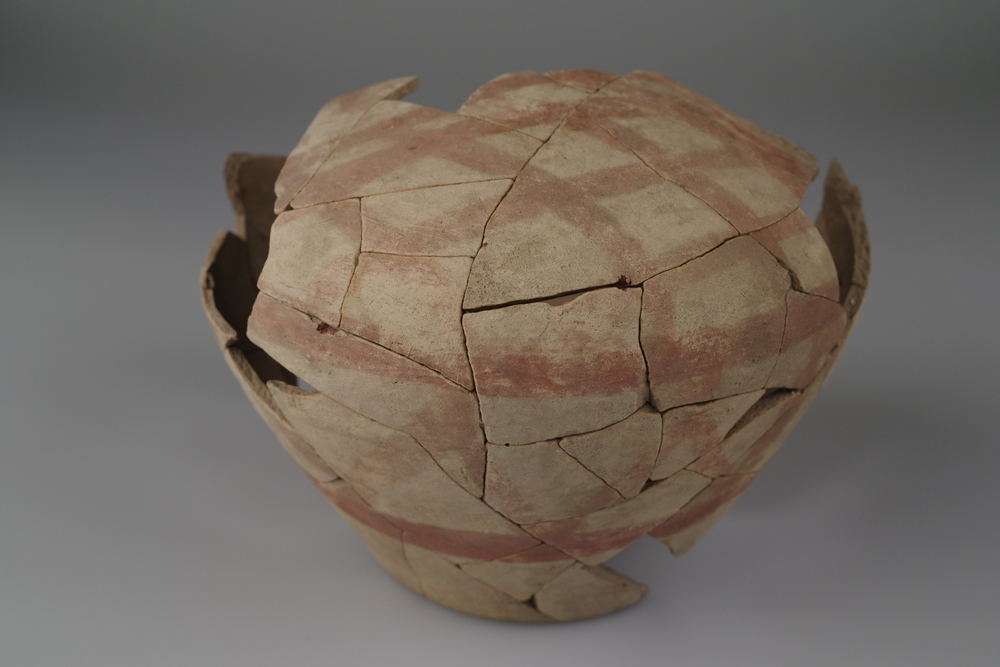The traces of the Gallaeci
The vestiges of the ancient civilizations from As Rías Baixas, such as castros (pre-Roman hillfort settlements), rock engravings, dolmens and tumulus called mámoas, have been preserved both on the coast and in the inland part of the province of Pontevedra. These millenary traces filled with history, legend and magic are placed in beautiful settings.
Fortified settlements, located in extraordinary places like Santa Trega, with the Atlantic Ocean and the estuary of the Miño River at its bottom, take travellers to pre-Roman times. In A Lanzada, also in a privileged location, there are vestiges from an old trade emporium with Mediterranean cultures. O Facho, with a castro from the Iron Age and an old sanctuary, unfolds before us the grandeur of the renowned archipelagos of Cíes and Ons .
The fortified settlement of Castrolandín, located very close to the centre of the thermal village of Cuntis, dates from the end of the Iron Age and was inhabited between the 4th century BCE and the 1st century CE. This site has the Interpretation Centre of the Terra Termarum Foundation Headquarters, which shows how life used to be in the castros (pre-Roman fortified hillfort settlements) and where workshops on traditional ceramics are held.
The fortified settlement of Castrolandín, located very close to the centre of the thermal village of Cuntis, dates from the end of the Iron Age and was inhabited between the 4th century BCE and the 1st century CE. This site has the Interpretation Centre of the Terra Termarum Foundation Headquarters, which shows how life used to be in the castros (pre-Roman fortified hillfort settlements) and where workshops on traditional ceramics are held.
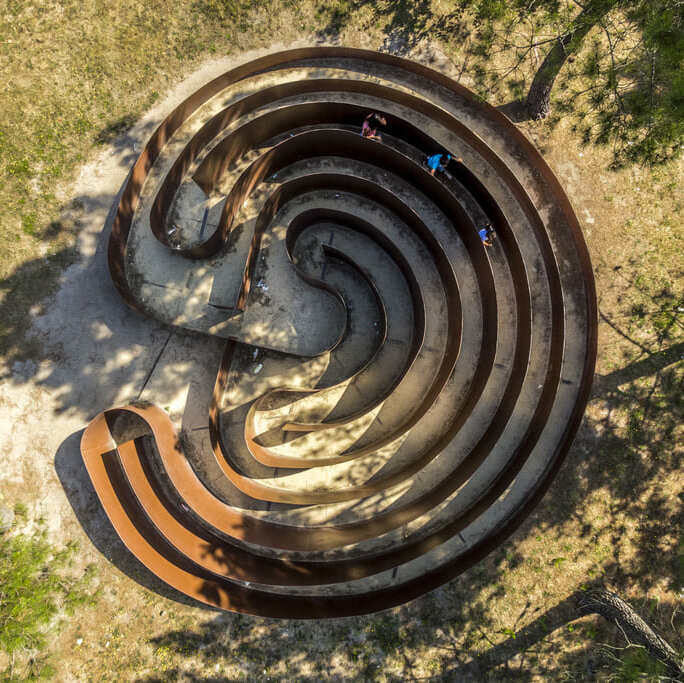
Mysterious mazes
Who made these carvings? What do these riddles mean? How do they were discovered? Campo Lameiro hides a treasure of international importance, which dates back to the Bronze Age and is unknown for many people. The largest number of open-air rock engravings in Europe is in Campo Lameiro Rock Art Archaeological Park.
The funerary monuments, mámoas and dolmens, take us even farther away, to Neolithic times. They were built all over the mountains of the province more than five thousand years ago but today they are still a mystery. Some examples are the ones of Chan de Arquiña, Chan de Armada or Chan de Castiñeiras, which are part of interesting hiking routes.
The archaeological museums of the province of Pontevedra provide information about these monuments and take visitors to the past thanks to the valuable pieces retrieved from archaeological sites. The Museum of Pontevedra displays artefacts made of stone, bronze, iron and ceramics that had remained buried for centuries. The Campo Lameiro Rock Art Archaeological Park or the Archaeological Museum of Santa Trega (Masat) in A Guarda keep valuable information and elements related to the culture, society and customs of the Gallaeci.






